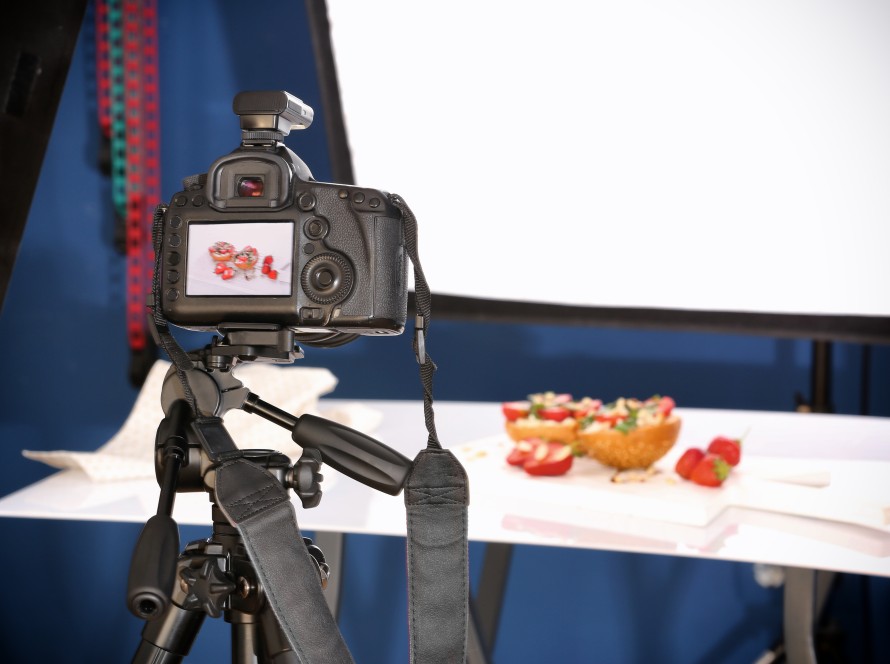There’s a quiet kind of luxury—the kind that doesn’t shout, but lingers.
It’s in the curve of a staircase, the way light falls across a stone floor at 4 p.m., or the stillness of a view that stretches out beyond the glass.
And when it comes to real estate photography, that’s what you’re capturing. Not just the square footage. The feeling.
In the luxury market, photos do more than show. They persuade. They translate physical space into emotional resonance—and that’s what sells.
More Than Just a Pretty Picture
There are homes that speak for themselves. And then there are photos that make sure they’re heard.
Shooting high-end real estate isn’t about wide-angle lenses and well-lit rooms. It’s about presence. Atmosphere. Control.
A seasoned real estate photographer doesn’t just document a space. They interpret it. They know how to pace a visual story—when to pull back, when to go close, when to let a detail breathe.
Because in luxury listings, no one’s buying a kitchen. They’re buying the life that kitchen suggests.
The Art of Seeing What Matters
Luxury properties aren’t just large—they’re layered. Which means the camera can’t simply sweep through and hope to catch everything.
Highlighting home features requires restraint and attention. You don’t show every corner. You show the right corners.
A few examples:
- Architectural textures: coffered ceilings, hand-laid tile, custom woodwork
- Material contrast: steel against wood, marble against glass
- Scale and flow: open layouts, ceiling height, seamless indoor-outdoor transitions
- Hidden amenities: walk-in wine storage, integrated smart systems, wellness rooms
This is where property features photography becomes less about documentation and more about curation.
Light Is Your First Language
In luxury real estate, light isn’t just a technical tool. It’s part of the architecture.
Morning light through floor-to-ceiling windows. Sunset cutting through a western-facing gallery hall. Reflections bouncing in a polished kitchen island.
As a professional photographer, understanding the natural rhythm of the space is critical. Sometimes that means returning to the property more than once. Great light doesn’t always align with convenience.
Artificial lighting has its place too—particularly in rooms without windows or moody interiors. But it should always feel intentional, never clinical.
Tell a Story—Don’t Just Make a List
Real estate features photos should feel like a visual walkthrough. A well-paced rhythm. Each image leading into the next.
Start wide to establish space. Then move in—closer, more focused, more textural.
Let the sequence build: arrival → experience → intimacy.
This isn’t just about visual variety. It’s about guiding the viewer emotionally. By the time they finish the set, they should feel like they’ve been there. Like they’re already picturing the next holiday dinner or morning coffee.
That’s the kind of home selling photos that convert.
Composition That Respects the Architecture
Luxury homes often have strong architectural voices. Clean lines. Perfect symmetry. Expansive proportions.
Your compositions should honor that—not overpower it.
- Use perspective lines to draw attention inward
- Let negative space do some of the talking
- Keep the frame breathing—tight only where intimacy is needed
- Avoid gimmicks; luxury buyers are sensitive to over-staging or artificiality
If a detail matters in person, it should matter in the frame. That’s what defines unique property photography—a sense of reverence, not just technique.
Don’t Forget the Feeling Outside
Outdoor spaces are often where luxury listings shine: infinity pools, secluded terraces, sculpted gardens.
But they’re often rushed in photo sets.
Take time with these. Change vantage points. Show how indoor connects to outdoor. Capture different times of day—especially if the exterior lighting is part of the architectural plan.
And if there’s a view—don’t just point the camera at it. Frame it. Make it a part of the room, not just scenery.
Consistency Builds Trust
If you’re building a portfolio as a real estate photographer, your work should feel consistent—even if the properties don’t.
A signature tone, pacing, and aesthetic tells agents and clients: “I see these spaces with intention.”
Luxury buyers are visual creatures. Their expectations are high—not because they’re picky, but because they’ve learned to trust what quality looks like.
When your work feels polished across the board, it builds confidence. And confidence sells.
Capture What Can’t Be Measured
Anyone can photograph a six-burner stove or a marble vanity. But not everyone can photograph stillness, or warmth, or silence.
That’s the difference.
In high-end real estate photography, the details matter—but the emotion matters more.
When someone looks at your images and says, “I want to be there,” you’ve done more than take a photo. You’ve opened a door.




